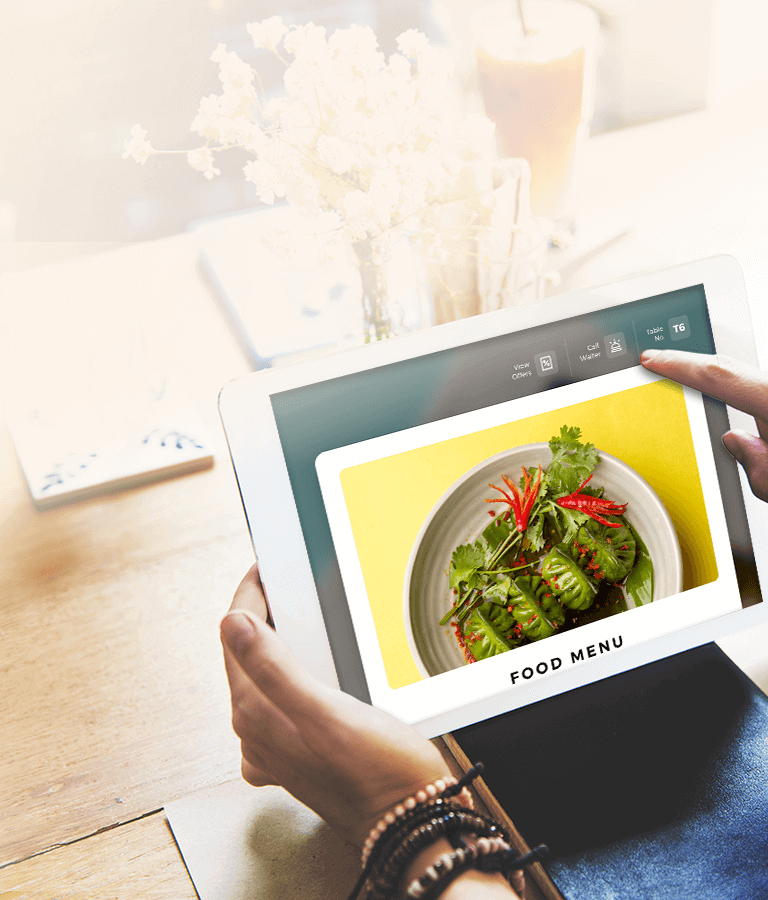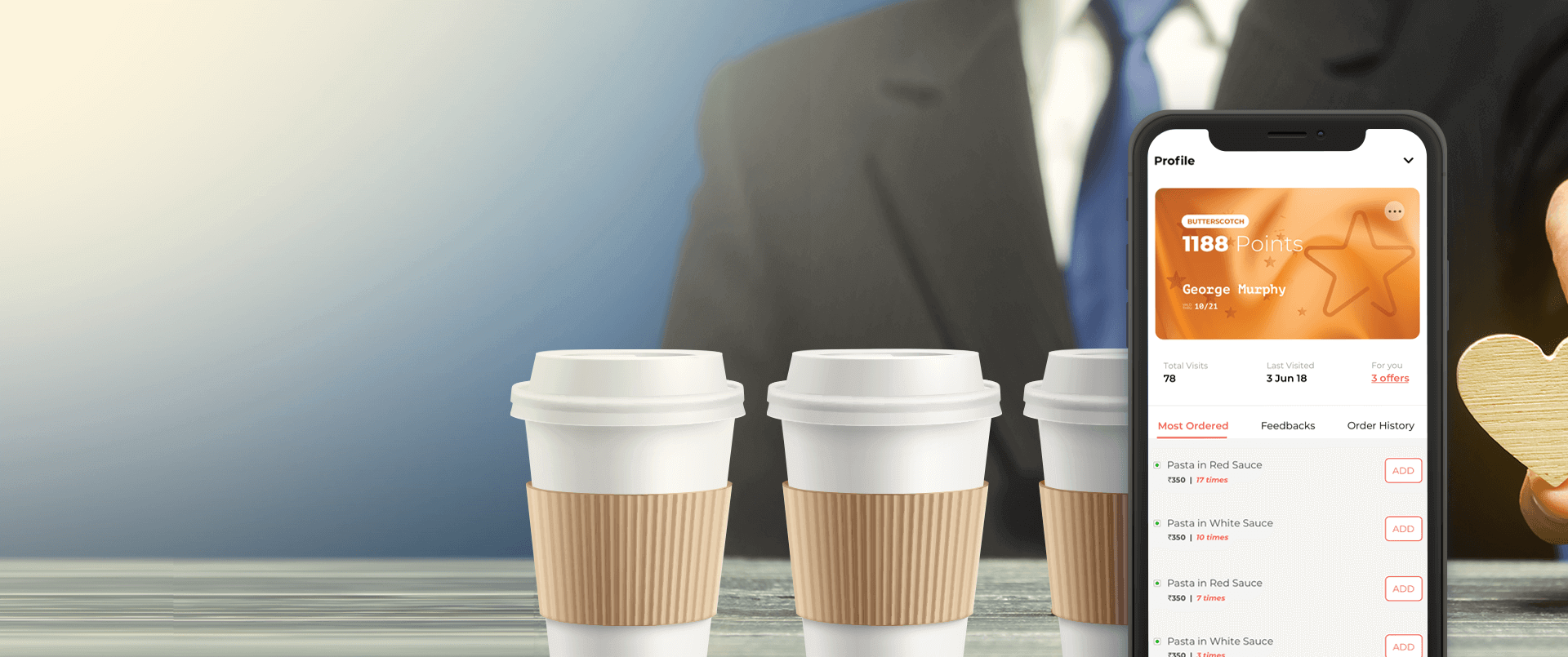The thing about social media is that everyone is there, either on one or all. From our family to friends to millennials, everyone is there and so is your Target Audience. Research shows that nearly 72% customers use Facebook to make restaurant decisions, based on comments and images shared on their page.
You might be thinking that your restaurant’s social media is already in place. You post 2 times a day which is enough. Why I need to relook at my social media strategy. The answer is simple – to make sure that it does not get boring. Effective social media marketing for your restaurant not only help in engaging your guests (both new and loyal) but it also holds the power to increase your business revenue. But what does it include? And how to make sure that your social media strategy is not boring? Let’s find out!
Before You Start, Question Yourself
Before you build an effective social media strategy, find answers to these questions:
- Who is your target audience?
- How will you manage your social media pages with limited time?
- What your competition/industry is doing and can you mimic those strategies?
Once you find answers to these questions, it will become extremely easy to create social media strategy and actually execute it to its full potential.
Tip To Make Your Social Media Page Stand Out!
While everyone is on social media posting beautiful pictures, spending a lot of money. But how you can make sure that you stand out? Read on to find out!
1. Know Your Target Audience
The game of social media is won by that brand who understands their customers and what they want from your restaurant. Ensure that you have meaningful and locally relevant social posts and campaigns. Take time to listen to what your guests are saying, know the food trends that are loved by your customers, etc. The idea is to turn your guests into loyal customers and not just any other follower.
2. Figure Out The Best Suited Social Channel
Restauranteurs can find their diners in 4 major social channels – Facebook, Instagram, Twitter & Snapchat. You must understand which social media is ideal for what target audience. Like Instagram is the best platform if you wish to target the 18-30 age group, especially women. While Facebook is more suited if you are targeting families or large groups. Based on your target audience, identify the most effective channel for your restaurant and create an appropriate strategy for social media promotions
3. Your Social Media Page is Not About You
You might be wondering if your social media is not about you, then how will it help your business? Well, the idea is to make your social media pages purely customer-forward. Brands like Starbucks don’t focus on selling themselves on social media. Rather they focus on telling the guests’ story and how Starbucks became a part of it.
4. Adapt To Changes
Social Media is one channel that evolves every day and so does your guests. Don’t shy away from exploring new strategies and tactics while keeping your brand language consistent. Don’t limit your social media with images. Experiment with the type of posts, run unique contests, organize events and promote the same on social media.
5. Respond To Your Customers…Quick!
As mentioned earlier, 72% customers will visit your Facebook page before they visit your restaurant. That means you can get queries on your social media pages. Keep a tab on such messages/comments, address their concerns and acknowledge what your customers are telling you.
6. Make Your Restaurant Social Media Friendly
At the end, your restaurant business is about food. Use beautiful (read: filter-free) pictures and videos. Since your customer can’t smell or taste your food, a sensory description can do the trick.
At the end of the day, social media is a free (or low cost) medium to engage customers, get new customers, stay relevant and increase guest loyalty. The good news is that if you have a blended strategy of all social media channels, focussing on your menu, business, staff, and guests, you might stand out among the crowd. What’s bad is that no many of us don’t have a well-informed understanding of social media channels. Without this, you can’t create a “viral” strategy and your marketing budget will suffer.
Therefore, build a strategy that works for you, test it, measure it and repeat! Also, don’t forget to experiment.











